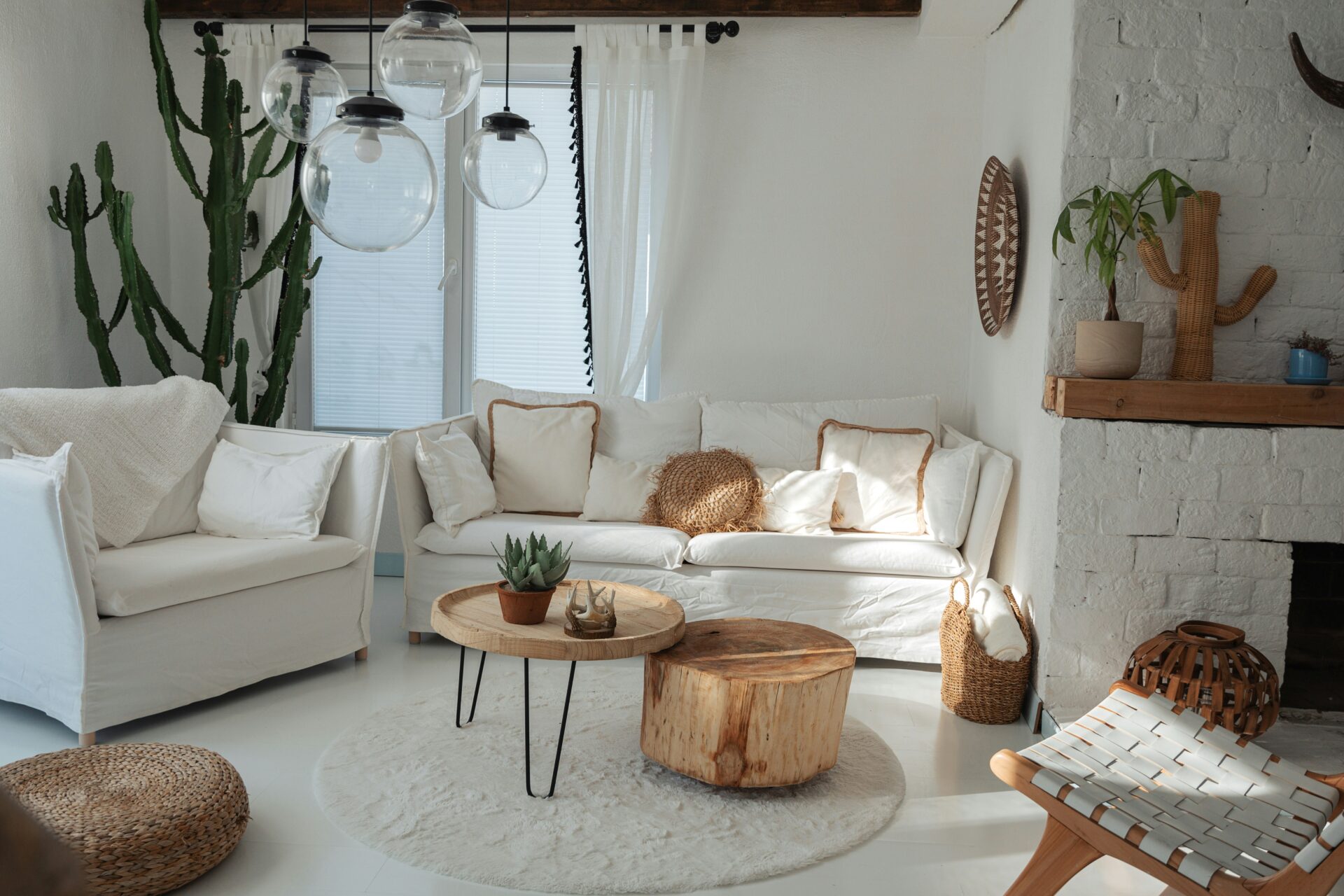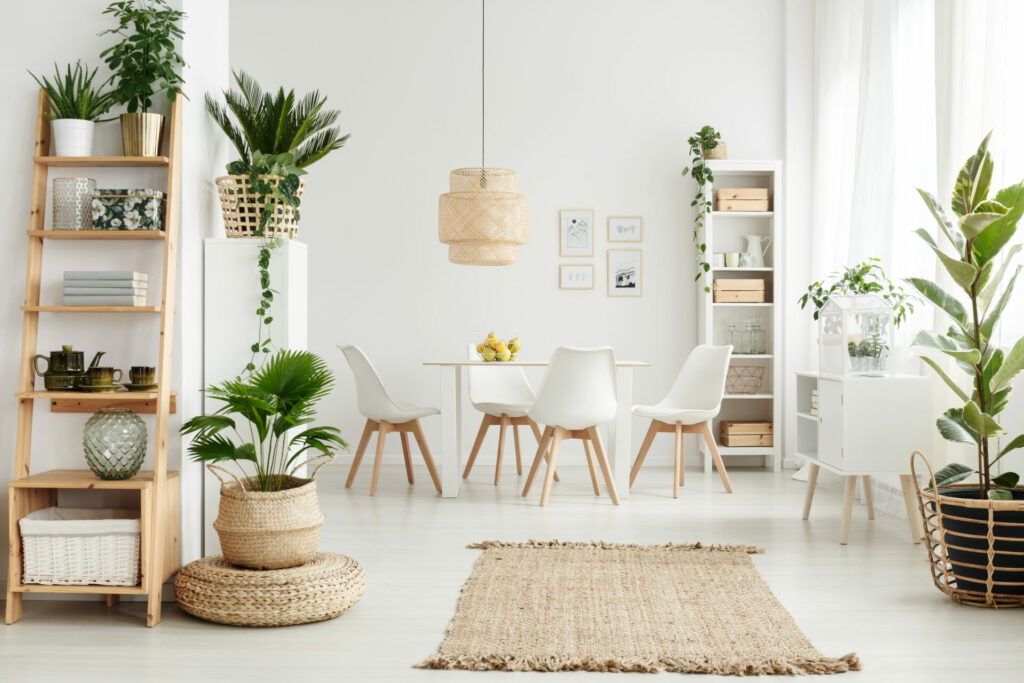Moving into a new house is exciting, but it’s also the perfect time to make sure it becomes a truly healthy home, not just beautiful, but safe and nurturing. A clean, toxin-free environment impacts your mood, health, and even your productivity. Before unpacking boxes, take the opportunity to inspect, clean, and set up your space in a way that supports long-term well-being. These steps may seem small, but they can save you from major stress later. Think of this process as laying the foundation for a healthy, happy life in your new home.
Start with a Deep Clean
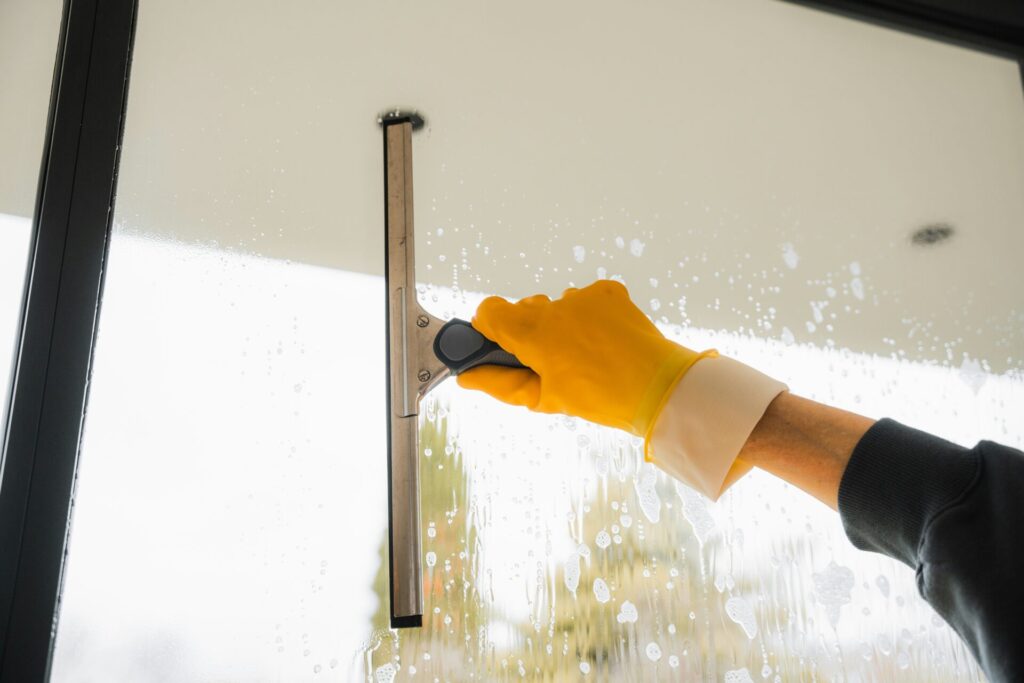
The best way to start on the path to a healthy home is with a top-to-bottom cleaning. Even if the previous owners or builders cleaned before you moved in, going over everything yourself gives you a sense of control and reassurance. Start with surfaces that get touched often, such as doorknobs, light switches, and cabinet handles. These areas collect germs quickly, and disinfecting them sets a clean foundation. Don’t forget less obvious spots, like the tops of cabinets, air vents, and behind appliances. These hidden areas often gather dust and allergens.
Using safe cleaning products makes a big difference, too, especially if you or your family are sensitive to harsh chemicals. Natural cleaners or friendly solutions which are toxin-free can leave your house both spotless and safe to breathe in.
Check for Pests Before Settling In
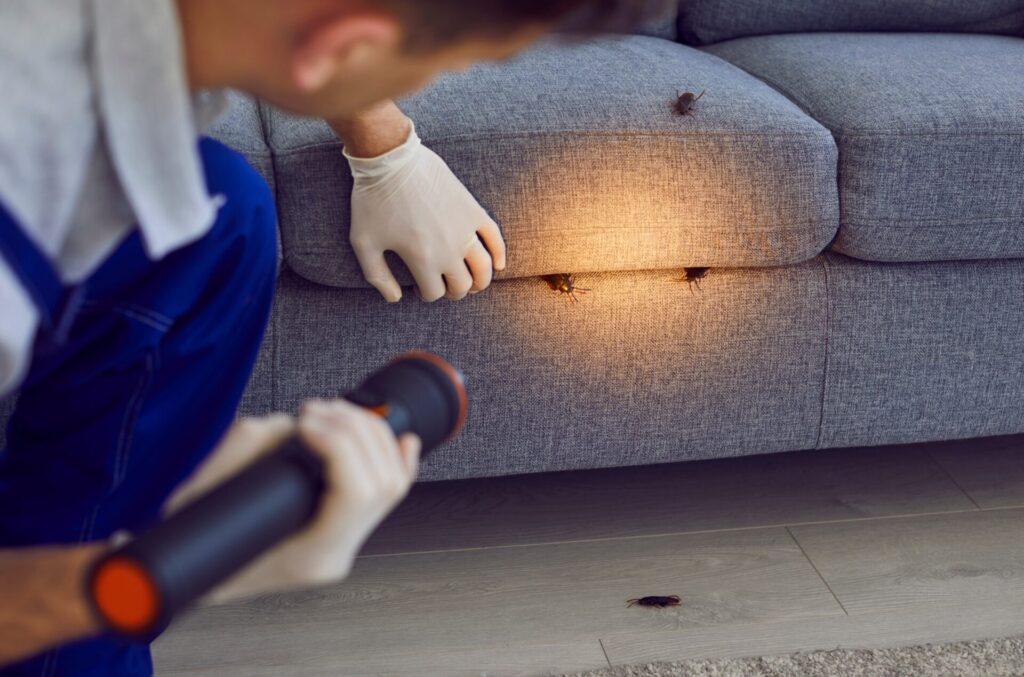
A healthy home should feel welcoming, but sometimes pests are the first to move in. Inspecting for signs of infestation is an important step before unpacking. Look for droppings, small nests, gnaw marks on wires, or an unusual musty odor that might point to rodents or insects. Pay close attention to corners, basements, attics, and crawl spaces, as these are common hiding spots. If you do spot troubling signs, don’t ignore them. Call a local pest control company to inspect and resolve the issue quickly. These experts don’t just take care of current problems but also prevent them from returning.
Test Indoor Air Quality
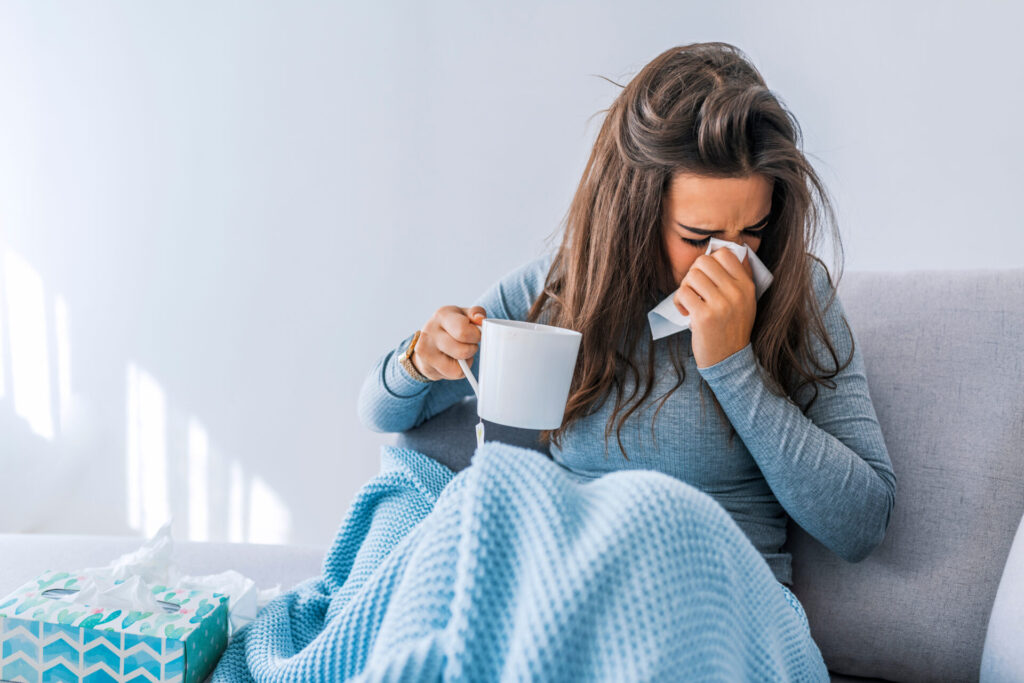
Air quality directly affects your health every single day so neglecting it shouldn’t be an option. Dust, mold, or lingering allergens can trigger breathing issues, especially if anyone in your household has asthma or allergies. Testing the air or at least checking for visible mold in damp spots is a good first step. Changing the filters in your HVAC system before you move in makes a big difference in keeping the air fresh. If the home hasn’t been occupied for a while, stale air can carry extra dust, so an air purifier may be a worthwhile investment for a healthy home.
Ensure Electrical Safety
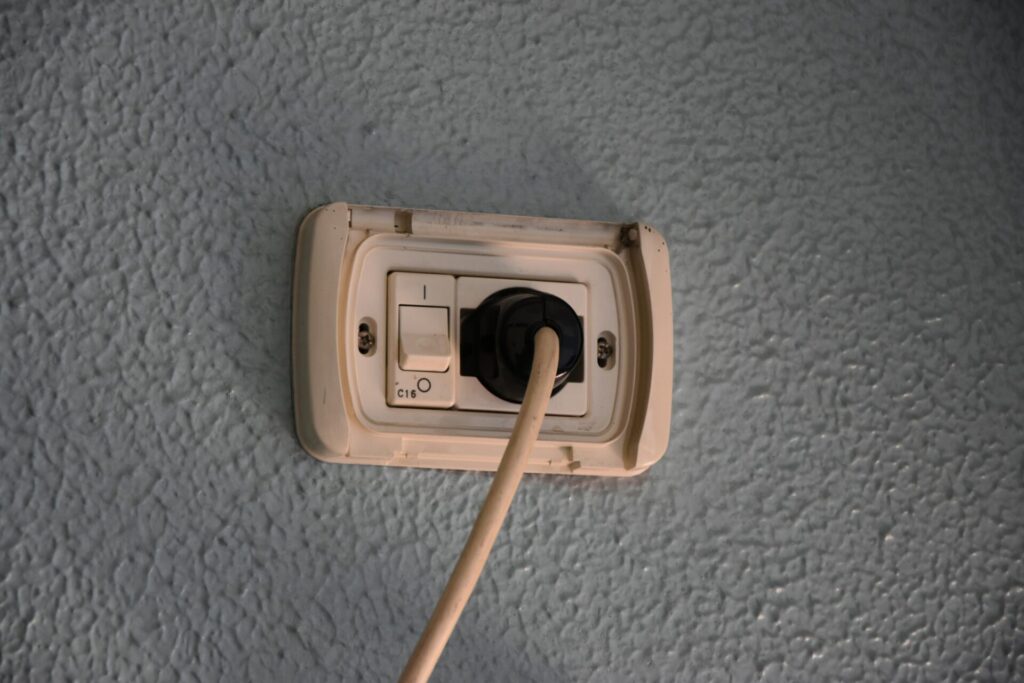
Electricity powers nearly everything in your home, so making sure it’s safe is essential. Go through each room and test outlets and switches to confirm they work properly. If you notice sparking, buzzing, or outdated wiring, call in a licensed electrician to take a closer look. Old systems may not handle modern demands well and can pose fire risks if ignored. While you’re at it, check that smoke detectors and carbon monoxide alarms are installed and functioning. These devices may not seem urgent at first, but they’re vital and will help you feel secure every time you flip a switch.
Secure Doors, Windows, and Locks
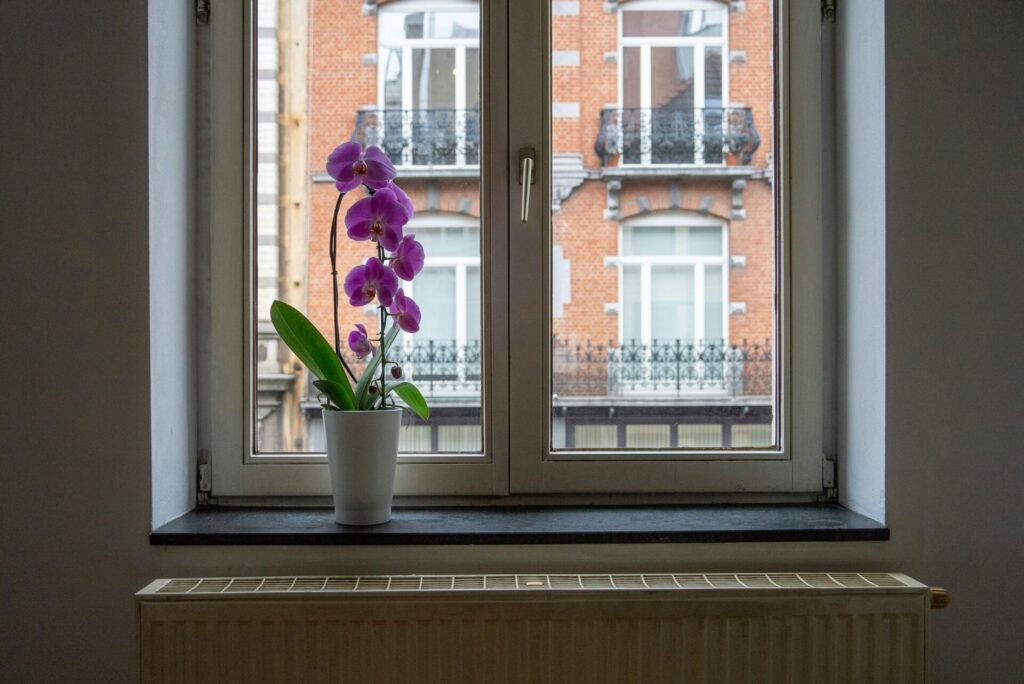
One of the simplest but most important steps in creating a safe and healthy home is securing the entry points. Replacing old locks with new ones ensures you know exactly who has access, while updating window fittings helps protect against both intruders and energy loss. Even if the previous owners handed over all the keys, it’s always smart to start fresh. Windows deserve a close look too: cracked panes or broken seals not only compromise safety but also waste energy by letting in drafts and moisture.
Opting for recycled glass where possible, or adding weatherstripping made from sustainable materials, will help keep your home insulated and comfortable. Strong, well-sealed doors and windows provide peace of mind, but they also boost energy efficiency — meaning your home feels safer, more stable, and lighter on the planet from day one.
Choose Healthy Paints and Finishes
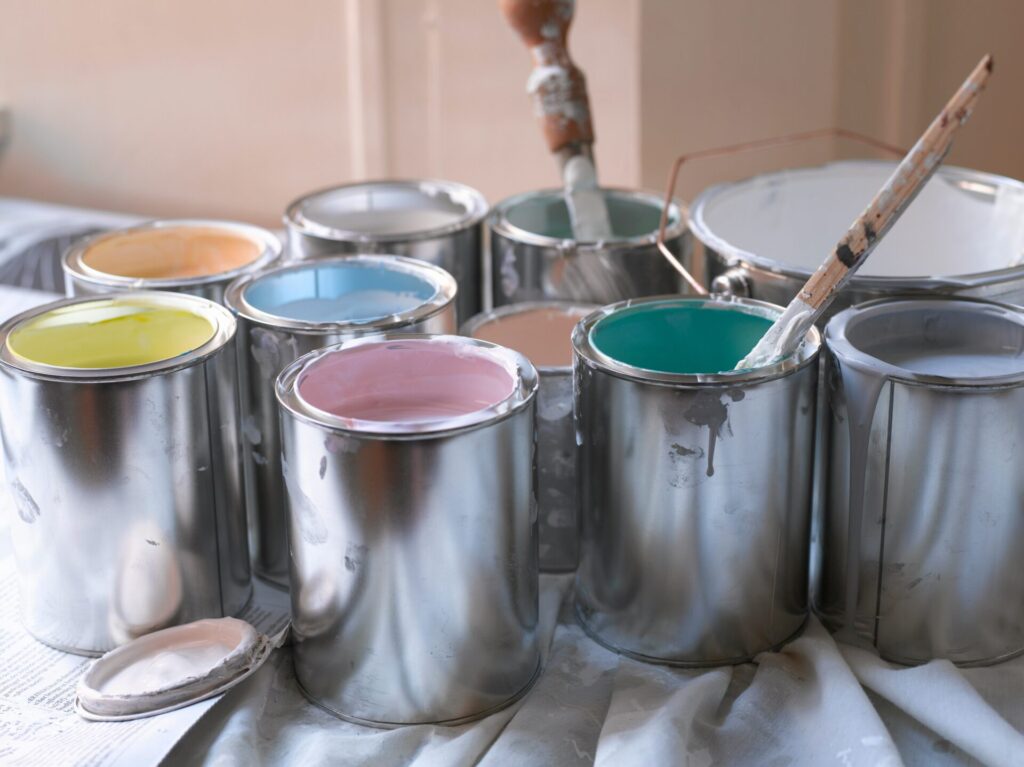
While refreshing the paint can transform a room, the type of paint you choose matters just as much as the colour. Many traditional paints release volatile organic compounds, or VOCs, that linger in the air and can cause headaches, allergies, or irritation. Low-VOC and eco-friendly paints are safer options for a healthy home, especially if you plan to paint while living in the house. This way, refreshing the walls will make the home feel like yours while improving air quality, too. The same applies to wood floors or cabinetry. Sealing them properly prevents dust and dirt from settling, creating a cleaner and healthier environment overall.
Create a Relaxing Sleep Environment
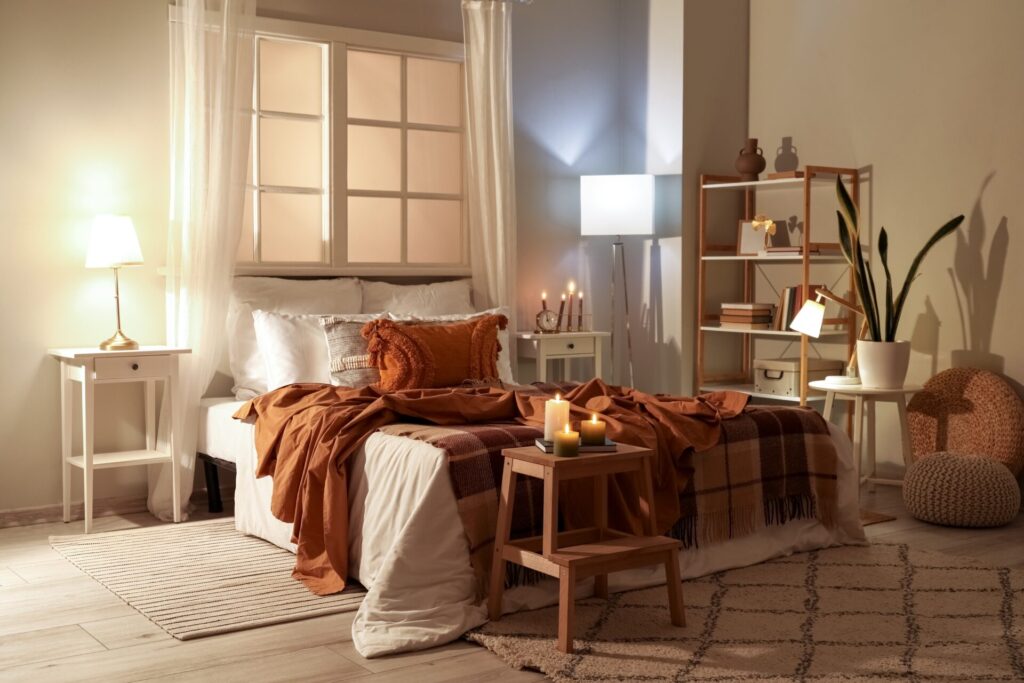
Sleep is the foundation of health, and your bedroom plays a big role in how well you rest. Choosing the right mattress and bedding makes a huge difference in comfort. Blocking out noise with curtains or white noise machines can help if your new neighborhood is busier than expected. Lighting is another factor; blackout shades or soft lamps can set the tone for better sleep. Keeping the room cool and well-ventilated also helps your body relax at night. When your bedroom feels like a retreat, you give yourself the best chance to recharge after busy days in your new home.
Bring in Plants for a Natural Boost

Plants do more than add decoration, they actively improve your living space. Many houseplants help filter the air, reducing toxins and adding oxygen. Even a few easy-care plants like snake plants or pothos can make a noticeable difference. They also brighten up a room and bring a sense of calm that supports mental health. Taking care of plants also creates a routine that can be grounding, especially when you’re still adjusting to your new surroundings. Whether you fill a windowsill with herbs or add greenery to your living room, plants bring life into your new healthy home in a way that feels fresh and natural.
A healthy home doesn’t come together overnight, it grows out of the choices you make each day. From getting rid of pests to adding greenery, these steps reflect more than maintenance; they shape how you live and feel in your space. Think of each improvement as an investment in your comfort and peace of mind. These minor but impactful improvements can turn your house into a place that truly reflects who you are and how you want to live.

